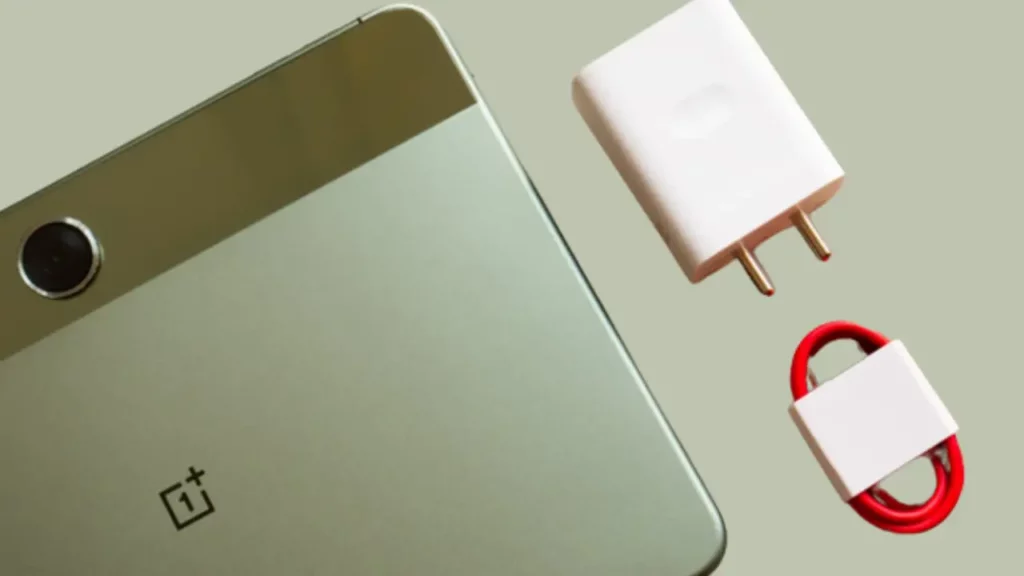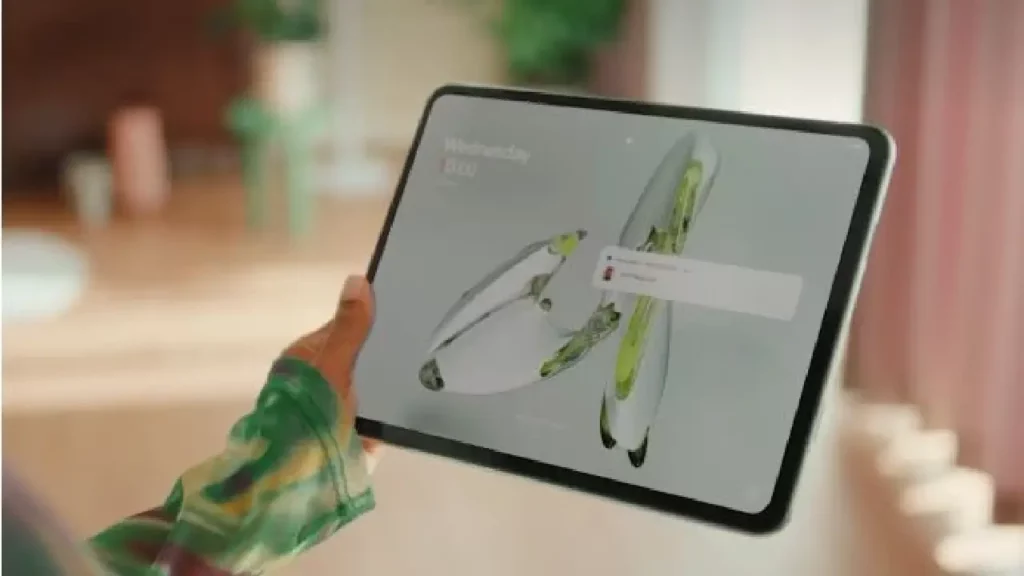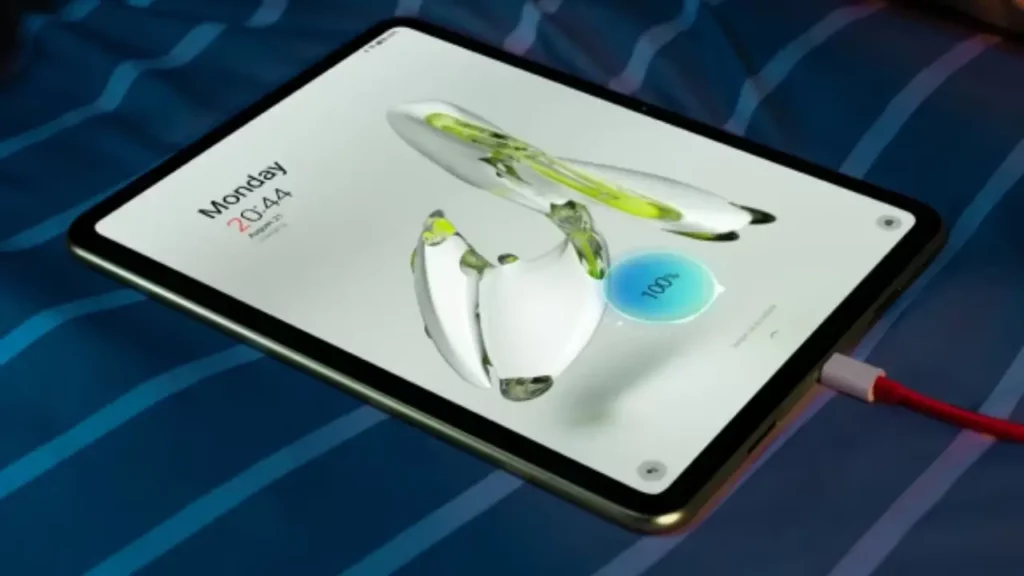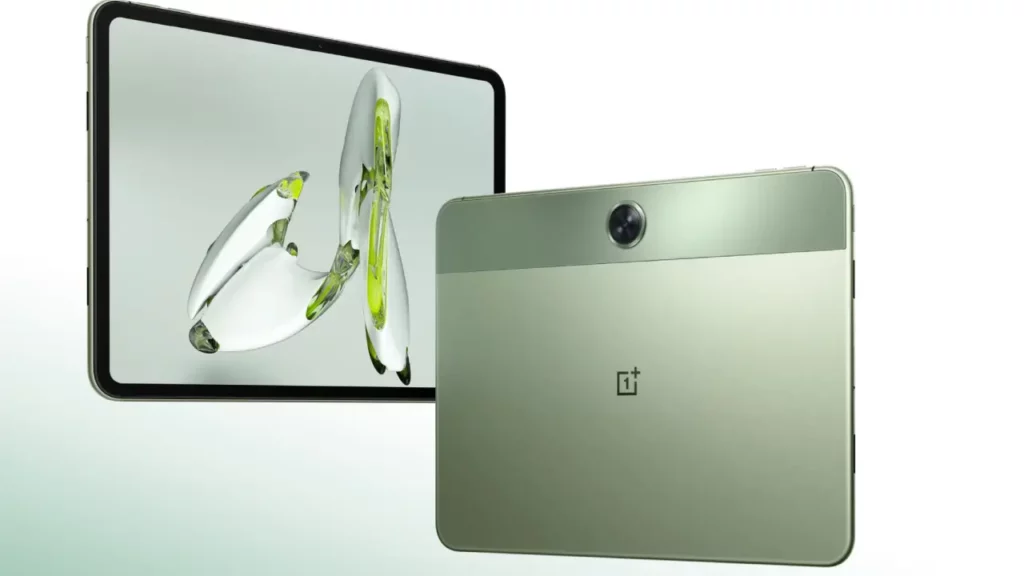In the fast-evolving world of technology, OnePlus has once again made headlines with its latest offering – the OnePlus Pad Go. As consumers eagerly seek a tablet that seamlessly integrates into their daily lives, this hands-on evaluation aims to dissect the device’s every aspect, from design to performance, to help you make an informed decision.
Also check: Revealing the OnePlus Open: A Game-Changer in the World of Folding Smartphones
Introduction: OnePlus Pad Go
In the domain of tablets, OnePlus persists in creating ripples with its most recent addition – the OnePlus Pad Go. This denotes the company’s second venture into the tablet arena, firmly positioning itself in the fiercely competitive mid-range sector. Our attention was ensnared by the flagship OnePlus Pad earlier this year, showcasing a remarkable design, a vibrant display, flawless performance, top-tier speakers, and expeditious charging capabilities. The icing on the cake was the availability of premium accessories, including a stylus and a keyboard folio case.
Price
The Oneplus Pad Go is available for purchase in various cities in Pakistan, starting at a retail price of PKR 68,000.
Downgrades with Intention: Disclosing the OnePlus Pad Go’s Alterations

Nevertheless, the OnePlus Pad Go takes a purposeful step downward to attain a more economical price point. The once-potent chipset has been humbled to the Helio G99, and the display’s refresh rate is constrained to 90Hz. Conspicuously absent is support for the pen and keyboard tailored for its more expensive counterpart.
Delving into the OnePlus Pad Go’s Specifications
However, these concessions appear calculated. Despite the downgrades, the OnePlus Pad Go manages to preserve a remarkably similar design, nearly indistinguishable display size and resolution, and a robust four-speaker system. Notably, it introduces cellular connectivity, a feature lacking in the original OnePlus Pad.
Dimensions and Aesthetics: A Sleek Marvel
Showcasing dimensions of 255.1×188.0x6.9mm and a weight of 532g, the OnePlus Pad Go flaunts an aluminum frame and back. Aficionados of styluses will acknowledge the added support, augmenting the tablet’s versatility.
Display Brilliance: A Visual Extravaganza

The 11.35″ IPS LCD display bedazzles with a 90Hz refresh rate, 400 nits brightness, and a resolution of 1720x2408px. The 12.6:9 aspect ratio and 260ppi ensure an engrossing visual experience.
Power-Packed Performance: Insights into the Inner Workings

Propelling the OnePlus Pad Go is the Mediatek MT8781 Helio G99 (6nm) chipset, an octa-core powerhouse with a 2×2.2 GHz Cortex-A76 & 6×2.0 GHz Cortex-A55 configuration, accompanied by Mali-G57 MC2. Memory alternatives include 128GB/8GB RAM and 256GB/8GB RAM, utilizing UFS 2.2 and supporting microSDXC via a dedicated slot.
Software Supremacy: Android 13 and OxygenOS 13.2
Operated by Android 13 with OxygenOS 13.2, the OnePlus Pad Go pledges a smooth and user-friendly software experience.
Camera Capabilities: Immortalizing Moments

Equipped with an 8 MP rear camera and an equally proficient 8 MP front camera, the OnePlus Pad Go guarantees decent photo and video capture at 1080p@30fps.
Long-Lasting Battery and Connectivity: On-the-Go Essentials

A robust 8000mAh battery paired with 33W wired charging keeps the OnePlus Pad Go fueled. Connectivity options encompass LTE, Wi-Fi 5, and BT 5.2 with aptX HD support.
Additional Features: A Fusion of Utility and Entertainment

The OnePlus Pad Go comes furnished with indispensable sensors—accelerometer, proximity (for accessories only), gyro, and compass. The stereo speaker setup, boasting four speakers, further elevates the auditory experience.
A Visual and Auditory Marvel: OnePlus Pad Go vs. Its Pricier Sibling
In contrast to its more extravagant counterpart, the OnePlus Pad Go prioritizes a superior visual and auditory encounter over gaming, intensive productivity, or photography. Considering its intended application, these compromises may prove inconsequential.
Unboxing Experience: Simple yet Gratifying
The OnePlus Pad Go’s packaging is uncomplicated, housing the tablet, a 33W fast charger, and a cable. While lacking the embellishments of additional accessories, it diverges from the OnePlus Pad, which accommodates the OnePlus Stylo pen, the OnePlus Magnetic Keyboard with a trackpad, and the OnePlus Folio Case. The Pad Go opts for simplicity, offering only the OnePlus Go Folio Case, attached using clamps, as it lacks magnets for case attachment. Importantly, it doesn’t harmonize with any of the OnePlus Pad accessories.
| Specifications | OnePlus Pad Go |
|---|---|
| Dimensions | 255.1 x 188.0 x 6.9mm |
| Weight | 532g |
| Build Material | Aluminum frame and back |
| Display | 11.35″ IPS LCD |
| Refresh Rate | 90Hz |
| Brightness | 400 nits |
| Resolution | 1720 x 2408px |
| Aspect Ratio | 12.6:9 |
| Pixel Density | 260ppi |
| Chipset | Mediatek MT8781 Helio G99 (6nm) |
| CPU | Octa-core (2×2.2 GHz Cortex-A76, 6×2.0 GHz Cortex-A55) |
| GPU | Mali-G57 MC2 |
| Storage (Options) | 128GB/8GB RAM, 256GB/8GB RAM |
| Storage Type | UFS 2.2 |
| Expandable Storage | microSDXC (dedicated slot) |
| Operating System | Android 13 with OxygenOS 13.2 |
| Rear Camera | 8 MP |
| Front Camera | 8 MP |
| Video Capture | 1080p@30fps |
| Battery Capacity | 8000mAh |
| Charging | 33W wired |
| Connectivity | LTE, Wi-Fi 5, BT 5.2 with aptX HD support |
| Sensors | Accelerometer, Proximity (for accessories only), Gyro, Compass |
| Speakers | Stereo setup with four speakers |
| Additional Features | Stylus support, Cellular connectivity |
| Accessories Included | OnePlus Go Folio Case |
| Compatibility with OnePlus Pad Accessories | Not compatible |
